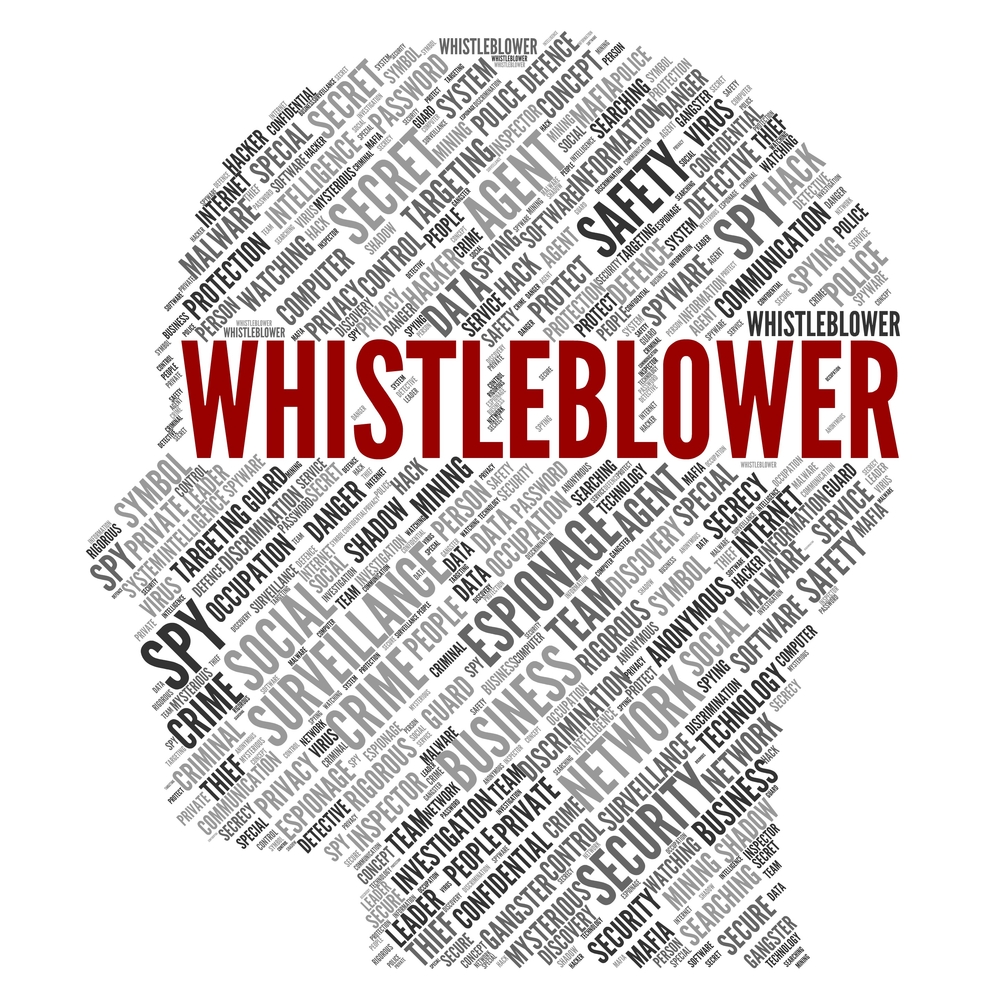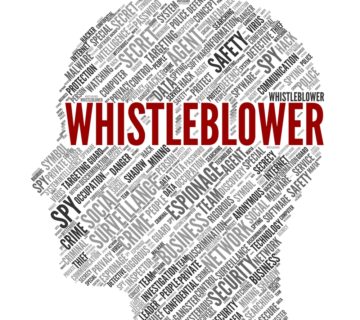Whistleblowing is where a worker discloses details which the worker logically thinks has the tendency to show misbehaviour has been committed, is being committed or may be executed. ‘Wrongdoing’ consists of crimes, undoings of fair treatment, a failure to adhere to legal obligations, risks to health and safety, harm to the environment, and the covering up of any of these acts.
The employee should be protected from being positioned at a disadvantage, consisting of being laid off if they crafted this uncovering of details since they fairly believed it had the public interest to carry out so (however that does not need to be their principal intention for making the unveiling). What this generally means is that wrongdoing which just impacts one person, in which the interests of others are not impacted, is improbable to become in the public interest.
Regardless of the disclosure of information is the reason for the downside or dismissal will reduce to the employer’s motivation. For a termination to be wrongful, the disclosure of details needs to be the centre or actual factor that the employer dismissed the employee. For any other disadvantage to become illegal, the unveiling of information needs to have possessed a material impact on the employer when it subjected the employee to that specific approach.
Example of whistleblowing consist of:
– Raising concerns over the lawfulness of a tendering process, consisting of referral to
infringing contractual responsibilities
– Raising concerns with regard to client safety
– Raising concerns about regulative breaches as well as fraud

